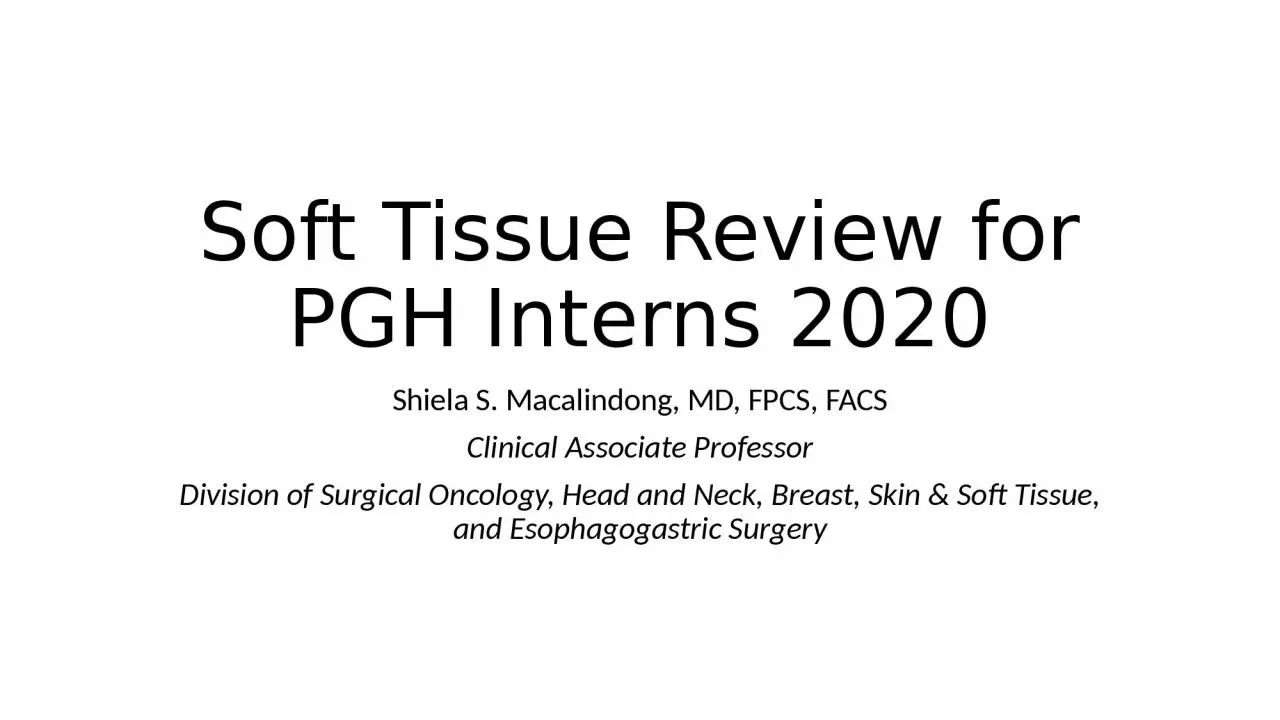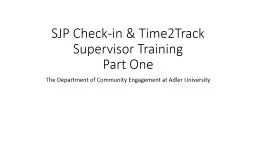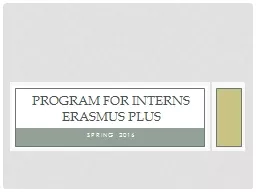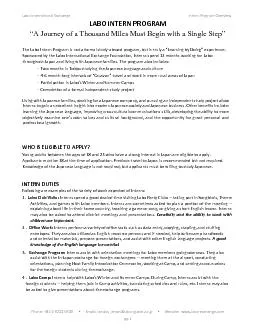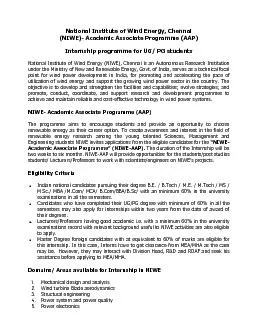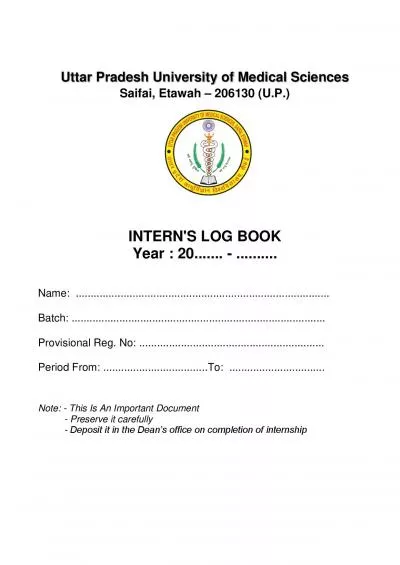PPT-Soft Tissue Review for PGH Interns 2020
Author : white | Published Date : 2023-11-22
Shiela S Macalindong MD FPCS FACS Clinical Associate Professor Division of Surgical Oncology Head and Neck Breast Skin amp Soft Tissue and Esophagogastric Surgery
Presentation Embed Code
Download Presentation
Download Presentation The PPT/PDF document "Soft Tissue Review for PGH Interns 2020" is the property of its rightful owner. Permission is granted to download and print the materials on this website for personal, non-commercial use only, and to display it on your personal computer provided you do not modify the materials and that you retain all copyright notices contained in the materials. By downloading content from our website, you accept the terms of this agreement.
Soft Tissue Review for PGH Interns 2020: Transcript
Download Rules Of Document
"Soft Tissue Review for PGH Interns 2020"The content belongs to its owner. You may download and print it for personal use, without modification, and keep all copyright notices. By downloading, you agree to these terms.
Related Documents

